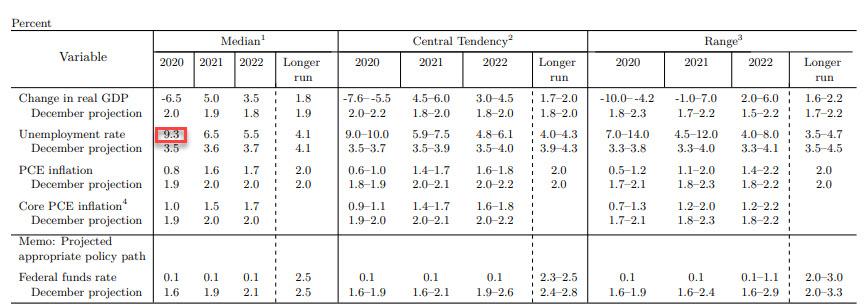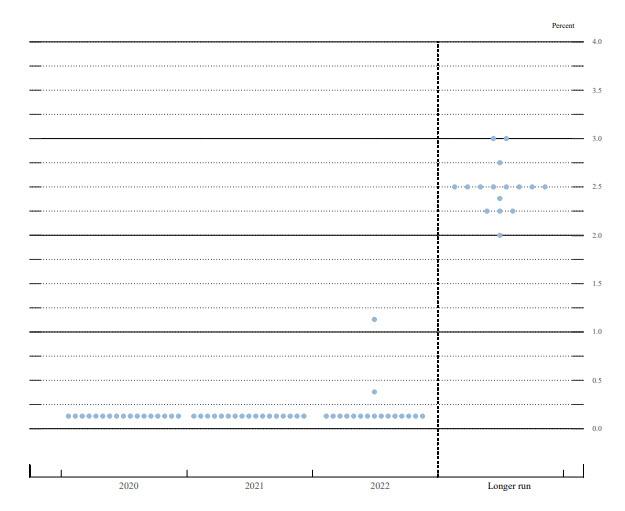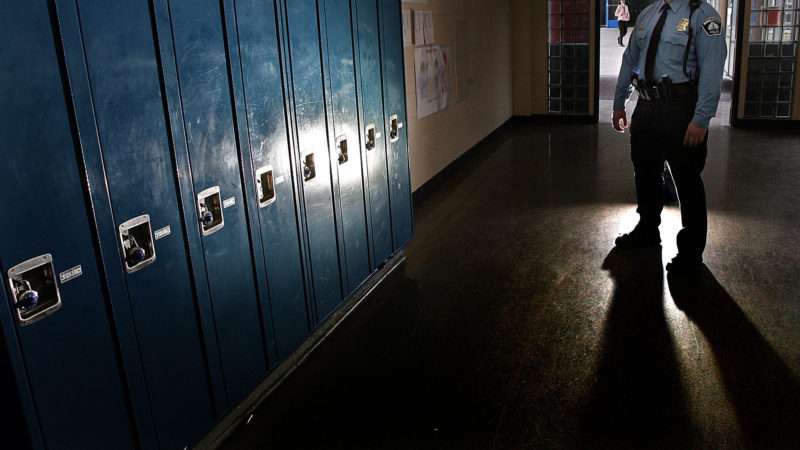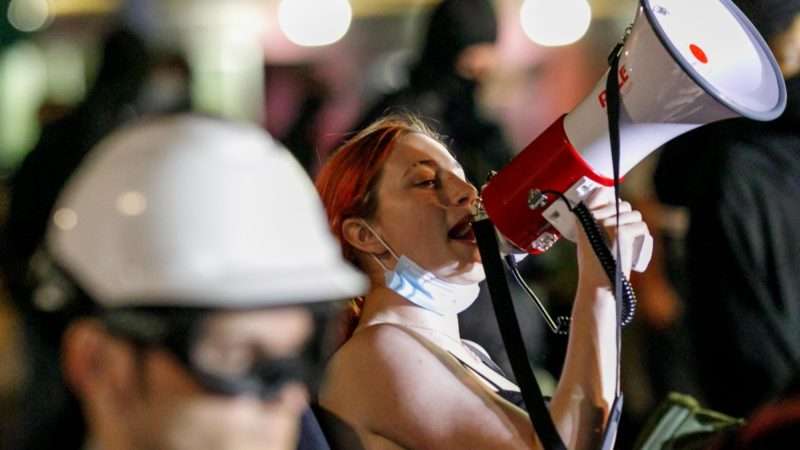
A teen in Oklahoma City reportedly died in August of an overdose of Benadryl pills, and this tragedy is fueling yet another social media “challenge” panic. Are teens really trying to convince other teens to take tons of allergy pills to get high?
As with all of these social media panics that start bouncing around the web and local news networks, this story has kernels of truth to it while suggesting a trend that is probably exaggerated. Remember the “Tide Pod challenge”? Some teens did genuinely post videos of themselves eating Tide Pods, and there was a temporary increase in calls to poison control for laundry detergent ingestion. But the kind of national panic that led to involvement by fearmongering lawmakers was just completely over the top relative to the actual risks.
Similarly, the “Benadryl challenge” starts with something real. Three teens in Texas in May sought medical treatment after overdosing on Benadryl. The hospital, Cook Children’s Hospital at Fort Worth, posted on its blog that the teens got the idea from a TikTok video that told them they could get high and hallucinate if they took several Benadryl pills. One girl took 14 of them and needed medical treatment.
The Fort Worth Star-Telegram and McClatchy News reached out to TikTok and were told that, yes, the company had removed content from the platform that was violating their community guidelines by encouraging people to take excessive amounts of Benadryl. So TikTok acknowledged the videos existed and has removed them.
Fast forward to the end of August. On August 28, Oklahoma City news outlet KFOR reported that a 15-year-old girl actually died from overdosing on Benadryl, ostensibly because she “fell victim to what’s been called the Benadryl Challenge on Tik Tok,” according to KFOR’s report. The story has bounced around several media sites now, including Newsweek and the Daily Mail.
The attribution for the cause of death comes from a Facebook post that has been subsequently deleted. The U.S. Sun and the New York Post identify the girl as Chloe Phillips, a sophomore at Blanchard High School, who died on August 21. The Facebook post apparently comes from her Great-Aunt Janette Sissy Leasure, who blamed the “Benadryl challenge.”
“This needs to stop taking our kids or putting them in the hospital,” she wrote.
KFOR’s reporting, however, leaves out any attribution and does not provide any actual comments from her family about the girl’s death. KFOR interviewed Scott Schaeffer, director of the Oklahoma Center for Poison and Drug Information, who explained to reporter Cassandra Sweetman how consuming large amounts of Benadryl can cause heart problems and seizures along with those hallucinations.
One might read Sweetman’s story and assume, then, that Schaeffer knew about what happened with Phillips and was doing his job informing the public. That assumption, however, would be incorrect. Schaeffer subsequently told Reason that he actually had no direct knowledge about the incident KFOR reported.
Furthermore, in an email, Schaeffer said, “[U]pon review of our records, [we] have found no cases that appear to have been inspired by the ‘Benadryl Challenge.'”
Sweetman has not responded to an email from Reason seeking attribution for the girl’s death and the circumstances behind it.
That there’s very little evidential attribution that a teen girl in Oklahoma actually died as a result of a TikTok video hasn’t stopped the story from going viral. And each story’s sole example of this “trend” points to the same overdoses of the teens in Fort Worth and videos that TikTok has already removed. (A company representative told Forbes they’re keeping an eye out for any new videos that might get posted.)
This is not a “trend.” It is, however, an easy way for media outlets to sow another round of panic and paranoia over social media and to convince stressed out parents that new technologies pose a danger to their kids.
While it’s true that there have been a small number of videos on TikTok encouraging Benadryl abuse, and that three teens in Texas decided to try it, there is very little evidence that a “Benadryl challenge” is something young people are doing (note the lack of actual links to TikTok videos in all this coverage), and so far, it’s unclear whether a teen in Oklahoma City actually died as a result of it.
What is true is that many, many media outlets have decided to use a deleted Facebook post as factual evidence of a widespread pandemic of teens deliberately attempting to overdose on allergy medication.
from Latest – Reason.com https://ift.tt/3btbG8H
via IFTTT





